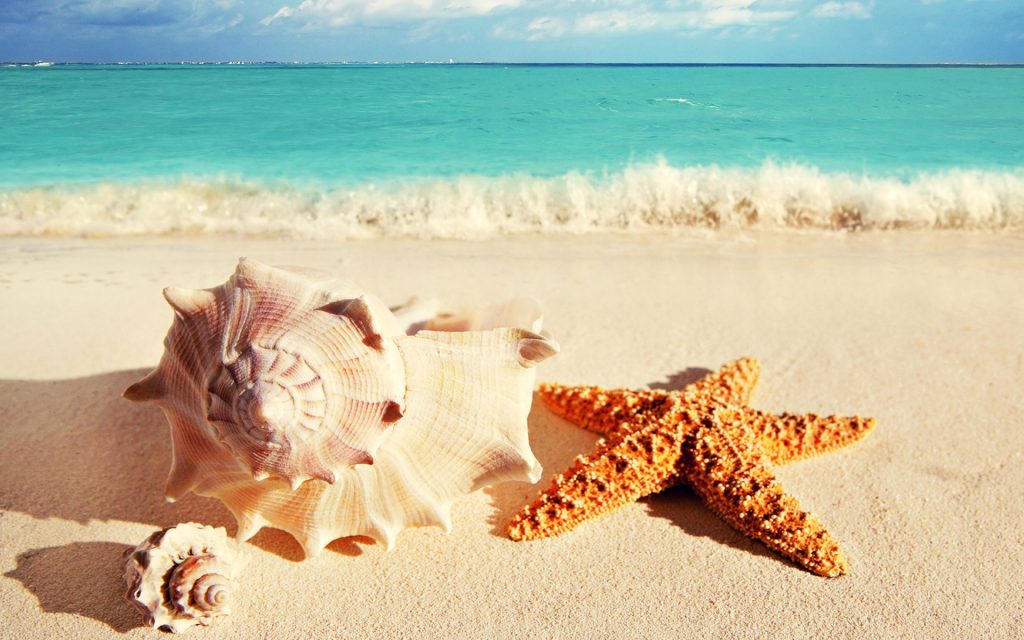Go creative! Taking a holiday from operational thinking


Why take a break? According to a recent UK survey, holidays help us to:
- escape from our routine;
- take a fresh perspective on our lives; and
- recharge our batteries.
Creativity works in just the same way. It’s a break from our routine thinking; it helps us look at problems in new ways; and it energises us to make something new and exciting.
But you can’t go on holiday and stay at home. And you can’t go creative and stay operational.
You have to take a creative excursion.
Operational thinking and creative thinking
Think of operational thinking as a cycle: plan what to do; do it; review the results; think about what the results tell you; make a new plan. All very useful, if we want to keep doing what we’ve always done, and improve the way we do it. But, if we want to do something different – something new – we have to leave the operational cycle and cross over into a creative cycle.
So what happens on a creative excursion? Well, it’s just like a holiday. We explore, discover new things, think about what we’ve discovered, and bring those discoveries back home as useful souvenirs.
Joseph Campbell, the great mythographer (and inspiration, among other things, for George Lucas’s Star Wars), said: “Creativity consists in going out to find the thing that society hasn’t found yet.”
Crisis or choice?
Most of us take occasional creative excursions at work. We might take our team on an away-day; we might attend conferences or trade fairs. But, apart from these occasions, we tend to cross from the operational cycle into the creative cycle only:
- because we have to; or
- because we choose to.
It may take a crisis to force us to think differently. Unfortunately, however, a crisis is just about the worst time to go creative. (Would you take a holiday in the middle of a family crisis?)
Alternatively, we could choose to take the journey.
We can find time to leave the operational cycle behind for a while. We can do thought experiments or ‘blue-sky’ thinking; we can run brainstorming sessions; we can run a research project or a pilot.
But we have to make that choice. Creativity requires inner motivation: the desire to create something for its own sake.
Of course, there are risks. What if we find nothing useful? What if our idea meets resistance when we return? What if our solution actually creates more problems? If the first key skill of creativity is inner motivation, the last is risk management.
So: you want to take the journey? Have you taken out your travel insurance? Let’s go. But before we set out, let me mention two important points.
First: the two cycles are separate. No operational thinking, please, while we’re on the creative excursion. (You don’t go on holiday and keep checking your emails, do you? Do you?)
Secondly: the best creative excursions, like the best holidays, are carefully planned. Creativity isn’t simply doing what we like; and it’s certainly not sitting around waiting for something to happen. It requires tools and techniques, just as much as operational thinking. But the tools and techniques are different.
If you want to learn how to take productive and enjoyable creative excursions, take a look at my eBook, Creativity at Work.
About the author: Alan Barker is Managing Director of Kairos Training Limited, a training and coaching consultancy that helps people communicate and think more effectively. Alan is a member of the UK Speechwriters’ Guild and the European Speechwriter Network. He’s the author of Creativity at Work and How to Write an Essay.




